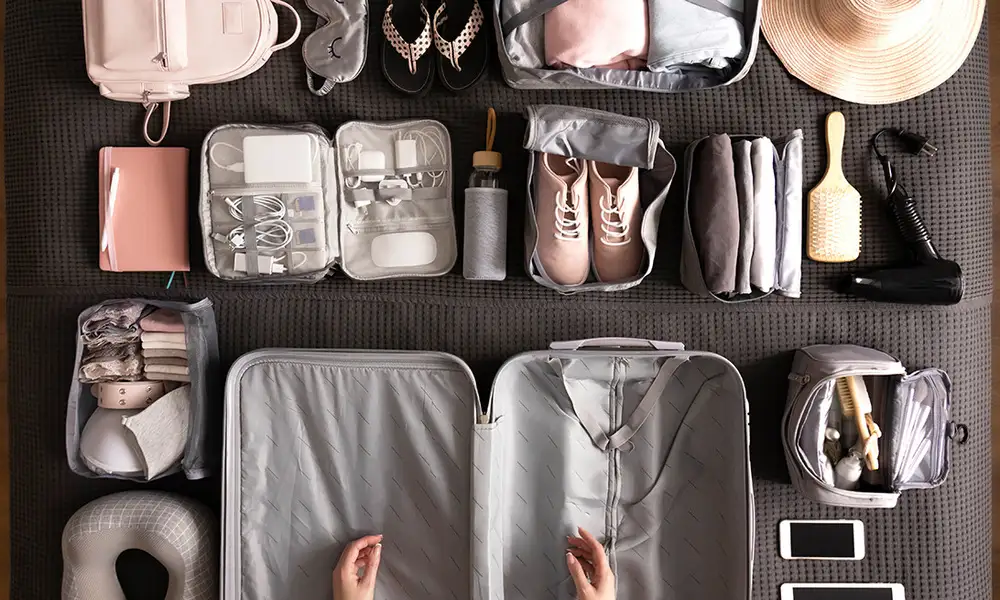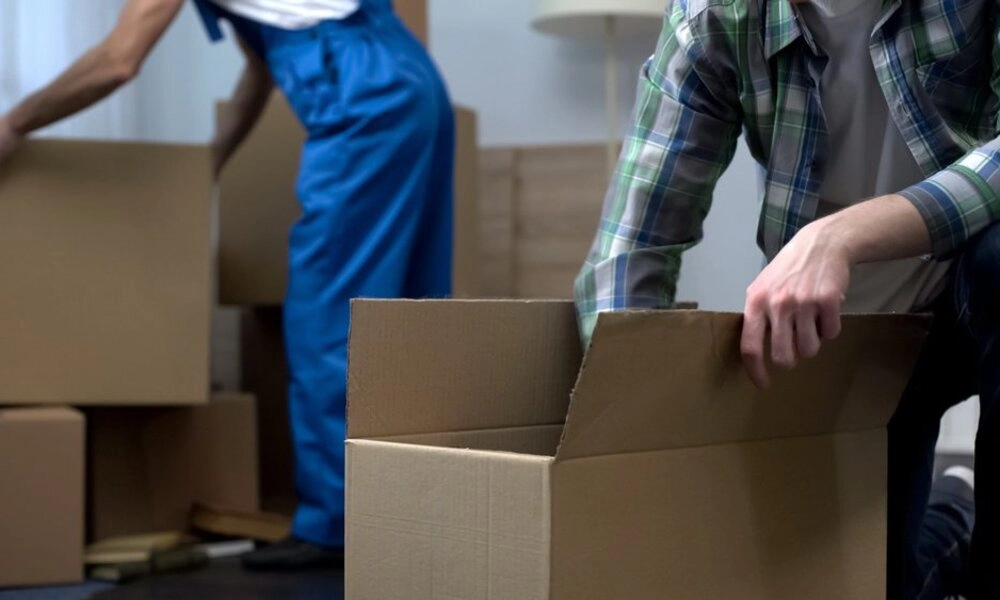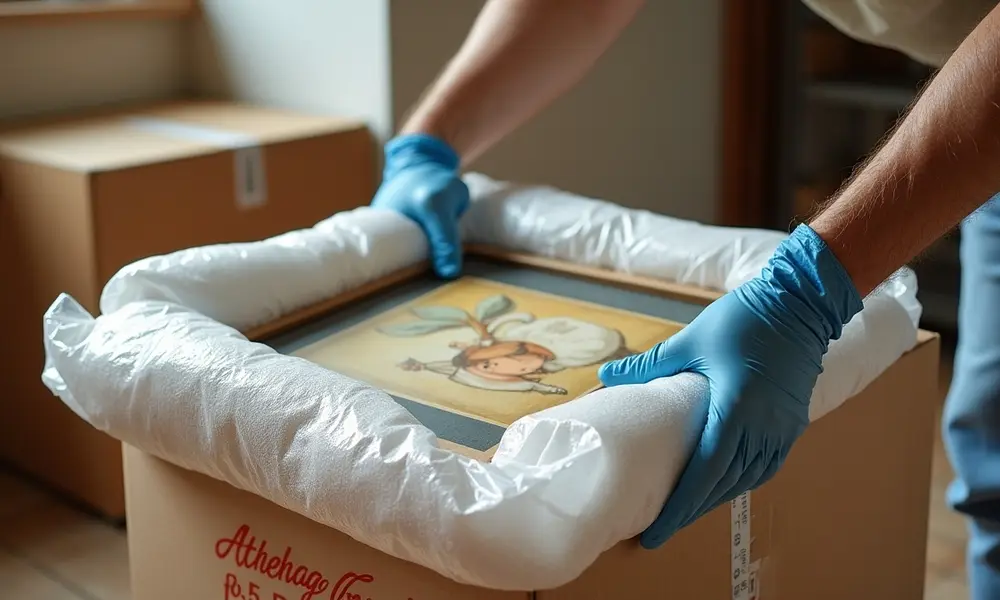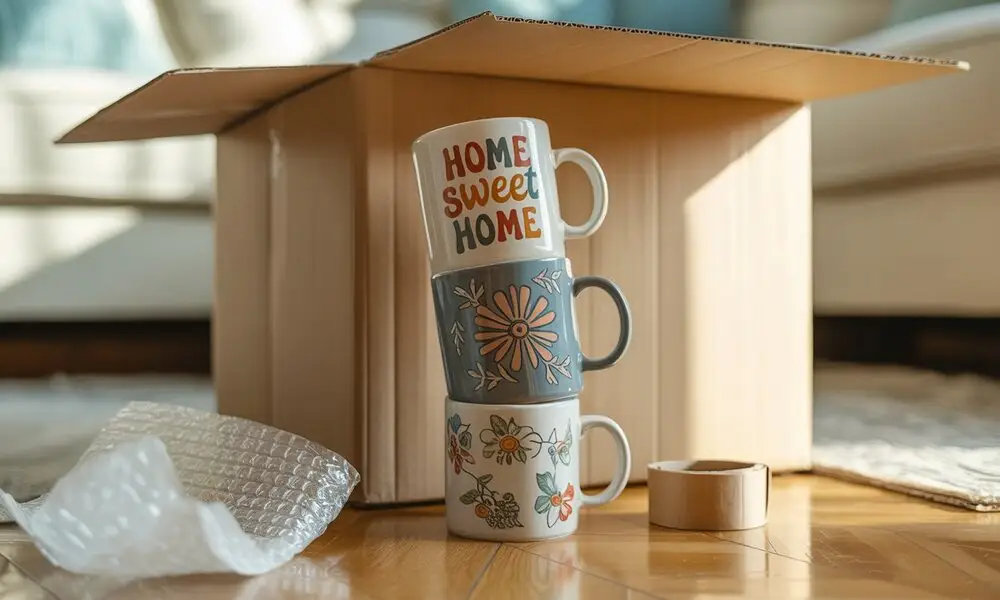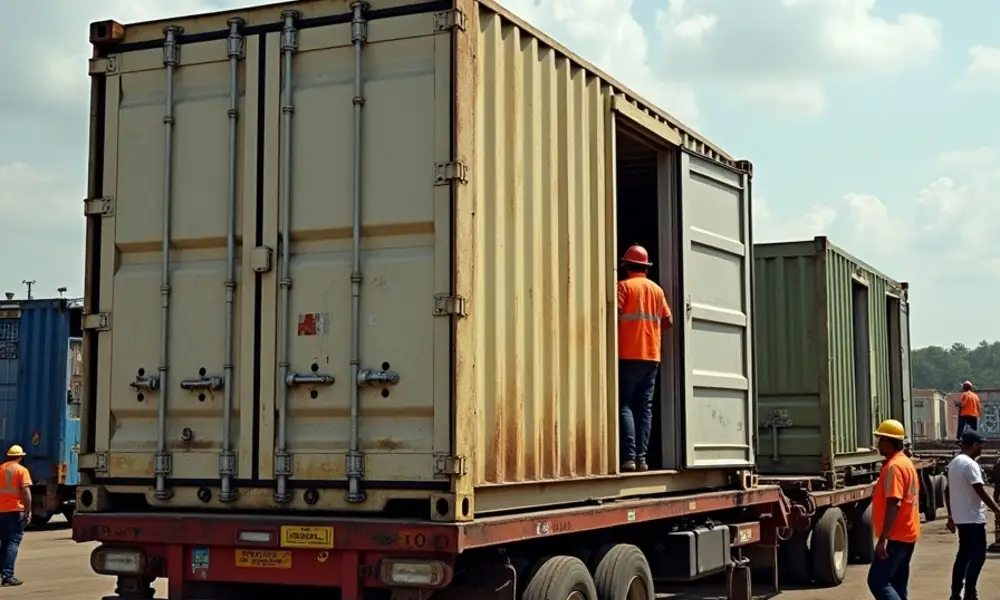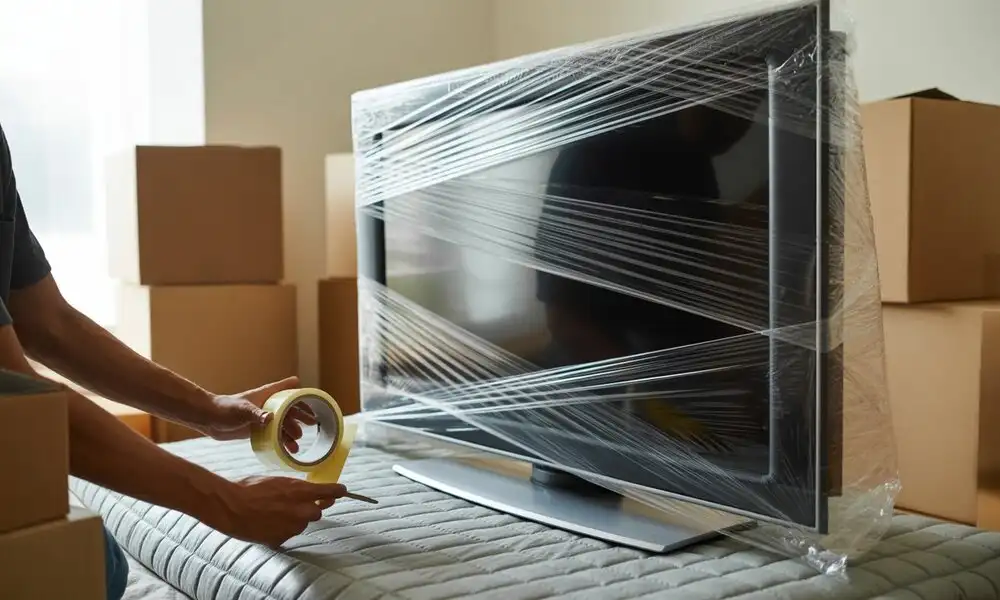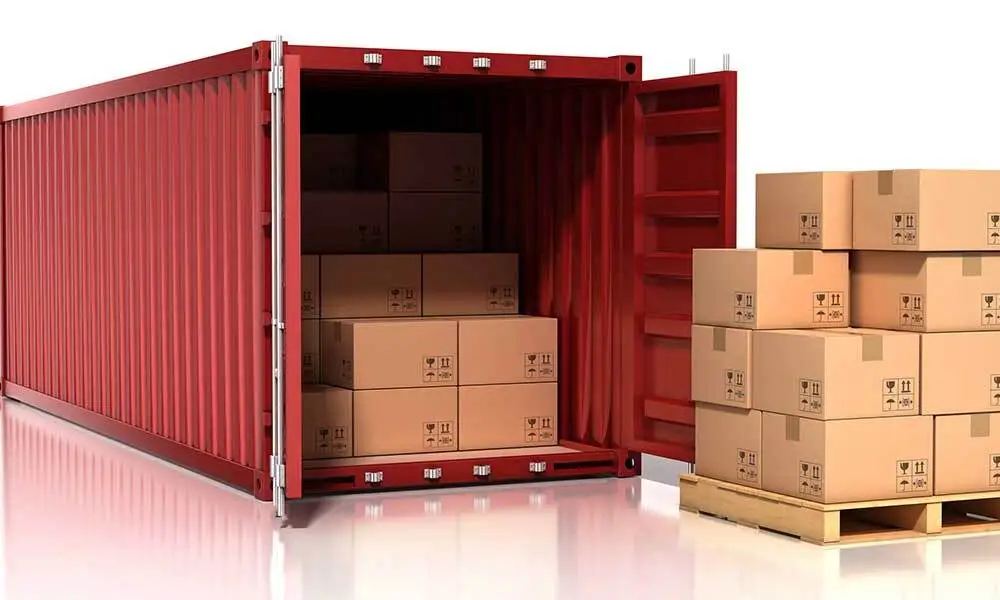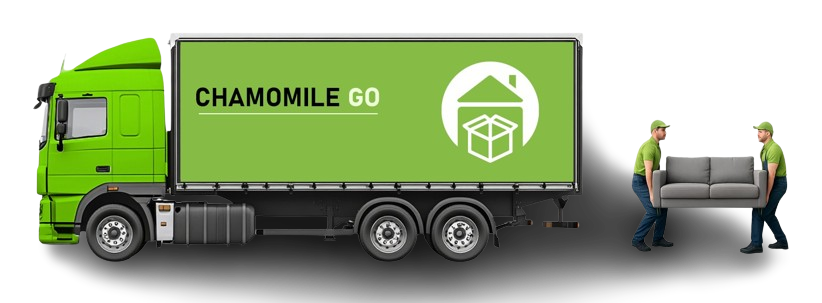How To Pack A Suitcase For Moving
How to pack a suitcase is a skill that can make a big difference when you’re preparing for a trip or a move. Learning how to pack a suitcase properly can make your moving or travel experience stress-free by helping you stay organized and avoid last-minute hassles. Properly packing a suitcase ensures that your clothes stay wrinkle-free, your essentials remain easy to access, and fragile items stay protected. It also saves space, allowing you to fit more without overstuffing your bag, and reduces the risk of damage during transport. Whether you’re packing luggage for a short getaway or a long-distance move, using the right methods can save time, prevent unnecessary stress, and make the entire process easier and more efficient. Why Properly Packing a Suitcase is Important When you pack a suitcase the right way, it can make a big difference whether you’re traveling or preparing for a move. Proper suitcase packing is not just about fitting clothes it’s about protecting your items, saving money, and reducing stress. 1. Prevents Wrinkles in Clothes One major benefit of smart suitcase packing is that it prevents wrinkles. Folding clothes correctly or rolling them can help maintain their shape. This is especially useful for business trips or events where you need to look polished. Moving Tip: When relocating, proper packing keeps your clothes fresh and ready to wear immediately after the move. 2. Maximizes Space Packing a suitcase efficiently helps you make the most of every inch of space. Rolling clothes, using packing cubes, and organizing by category will allow you to fit more items. Moving Scenario: If you’re moving temporarily or in stages, space-saving techniques mean fewer bags, which makes transportation easier. 3. Keeps Fragile Items Safe When you pack a suitcase properly, you can create layers and cushioning that protect fragile items like electronics, glassware, or souvenirs. Wrapping breakables in soft clothing or packing them in the center of the bag helps prevent damage. For Moving: This method works just like when movers protect valuables in boxes it’s all about reducing movement and shock during transit. 4. Avoids Extra Luggage Fees Efficient suitcase packing can save you money. Airlines often charge for overweight or extra luggage, so packing strategically helps keep your suitcase within limits. Moving Connection: If you’re relocating long-distance and sending extra bags, smart packing can reduce shipping costs and avoid unnecessary expenses. You may read How To Pack Hangers For Moving? 7 Tips for How to Pack a Suitcase for Moving When it comes to packing a suitcase for a move, doing it right can save you time, space, and stress. Whether you’re moving across town or across the country, these tips will help you stay organized and protect your belongings. 1. Choose the Right Suitcase Size matters! Select a suitcase that fits your needs large enough for your essentials but not so big that it becomes too heavy to handle. 2. Plan Before You Pack Make a checklist of what you’ll need. Planning helps avoid last-minute stress and ensures you don’t forget important items. 3. Roll or Fold? Combine both methods for maximum space. Roll casual clothes and fold formal ones. This strategy keeps everything neat and reduces wrinkles. 4. Use Packing Cubes Packing cubes are a game-changer. They keep items organized and make unpacking much easier when you arrive at your new home. 5. Protect Fragile Items Wrap fragile belongings in soft clothing for added protection. Place them in the center of the suitcase to minimize impact during the move. 6. Leave Essentials on Top Keep things like toiletries, chargers, and a change of clothes on top for quick access. No need to dig through everything when you arrive. 7. Check Weight Before zipping up, weigh your suitcase. Avoid overpacking to prevent strain during transport and possible fees if you’re traveling by air. Need Help? If you’re looking for professional packing services in Sherman Oaks, our team is here to make your move smooth and stress-free. We handle everything from fragile items to heavy belongings with care and expertise. Should I Roll or Fold Clothes When Packing a Suitcase? When packing luggage, one of the most common questions is whether to roll or fold your clothes. Both methods have their benefits, but the best option often depends on what you’re packing and how much space you have. Rolling Clothes: Pros and Cons Pros: Saves space: Rolling clothes tightly can free up more room in your suitcase. Reduces wrinkles: Especially for casual wear like t-shirts and jeans. Great for organization: Works well with packing cubes for a neat layout. Cons: Not ideal for heavy fabrics: Items like wool sweaters can become bulky when rolled. Time-consuming: Rolling each item takes longer than folding. Folding Clothes: Pros and Cons Pros: Perfect for structured clothes: Dresses, suits, and button-up shirts keep their shape better when folded. Quick and easy: Folding is usually faster than rolling. Cons: Less space-efficient: Folding takes up more room than rolling. Wrinkles more easily: Especially if items shift during travel or moving. The Hybrid Method: Best of Both Worlds For most situations, combining both techniques works best. Roll soft, casual clothes to maximize space and minimize wrinkles, while folding structured or delicate pieces to maintain their shape. This method is ideal for packing luggage whether you’re traveling or preparing for a move. Key Takeaway Rolling is great for saving space, folding is best for structured garments, and a hybrid approach offers maximum efficiency. What Should I Not Pack in My Suitcase? When packing for a trip, it’s important to know what items should never go into your checked luggage. Packing the wrong things can cause delays, damage, or even safety risks. Here’s a quick guide: 1. Flammable or Hazardous Items Avoid packing anything that can catch fire or cause harm. Examples include: Aerosol sprays Gasoline or lighter fluid Fireworks Nail polish remover These items are prohibited because they pose a danger during air travel. 2. Valuables Never pack valuables in your suitcase. Checked bags can
